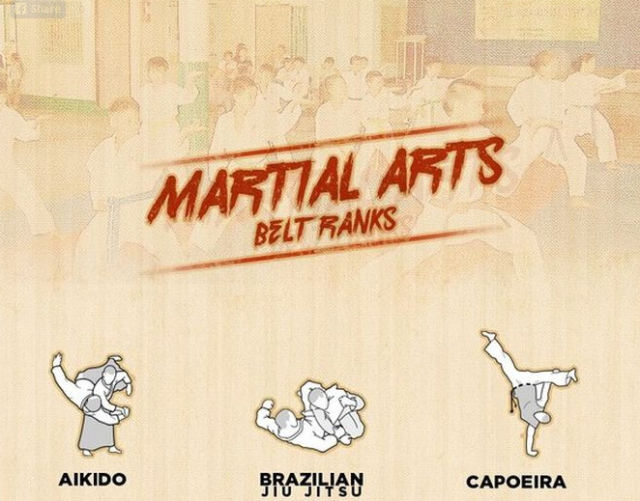The Growth And Historic Context Of Martial Arts Worldwide
The Growth And Historic Context Of Martial Arts Worldwide
Blog Article
Material Writer-Chu Silverman
Martial arts have an interesting background that extends centuries and continents. You could locate it fascinating how ancient methods like Shuai Jiao and Kalaripayattu laid the groundwork for modern-day battle methods. These techniques not only stress physical abilities but additionally show the societies that birthed them. As you explore their evolution, take into consideration exactly how globalization has changed these conventional types right into crossbreed styles. What influences do you believe have formed today's martial arts landscape?
Ancient Martial arts: The Foundations of Combat
As you explore the world of old martial arts, you'll find the abundant structures that formed battle techniques across cultures. Very early methods concentrated on Self-Defense and survival, often integrating strikes, grappling, and weaponry.
In ancient China, for example, methods like Shuai Jiao highlighted tosses and joint locks, while India's Kalaripayattu showcased dexterity and liquid activity. Japanese samurai developed Kenjutsu, a polished swordsmanship that highlighted discipline and method.
These martial arts served not just for fight but also as a means of individual growth, instilling values like respect and willpower. The blending of these techniques gradually prepared for the varied martial arts you see today, each mirroring the special philosophies and needs of its culture.
The Social Influence on Martial Arts Growth
While martial arts usually reflect the functional needs of a society, they also embody the social values and ideas of their origins. When you discover different martial arts, you'll notice how they're influenced by religion, approach, and social norms.
For instance, the emphasis on regard and discipline in Japanese martial arts originates from Zen Buddhism and samurai culture. On the other hand, Brazilian Jiu-Jitsu promotes adaptability and approach, shaped by the need for effectiveness in a varied, modern setting.
You could find that the routines, uniforms, and training techniques show a neighborhood's history and identification. By understanding these social influences, you strengthen your gratitude of martial arts and their role fit human experiences around the world.
Modern Adaptations and the Globalization of Martial arts
Martial arts have actually changed considerably in current years, adjusting to modern culture and global influences. You'll discover that traditional kinds have combined with modern-day strategies, producing hybrid styles like mixed martial arts. These adaptations satisfy diverse audiences, making martial arts accessible and enticing globally.
With how to create a martial arts curriculum for kids of social media and digital systems, you can discover tutorials and competitors from all edges of the world, damaging geographical obstacles. This globalization has led to a shared appreciation for numerous disciplines, from Brazilian Jiu-Jitsu to Taekwondo.
As you involve with these arts, you'll understand they're not just about combat; they advertise fitness, discipline, and psychological well-being.
Inevitably, contemporary adjustments have actually improved the martial arts landscape, making it a dynamic and evolving technique.
Conclusion
In exploring the background and evolution of martial arts, you discover a remarkable mix of strategies, cultures, and ideologies. From visit the up coming document -controls like Shuai Jiao and Kalaripayattu to the modern versatility seen in mixed martial arts, martial arts reflect humanity's pursuit for Self-Defense and individual development. As you involve with these methods, you not just obtain skills yet also a deeper recognition for the varied customs that shape our world today. So, proceed your journey and embrace the art of fight!
